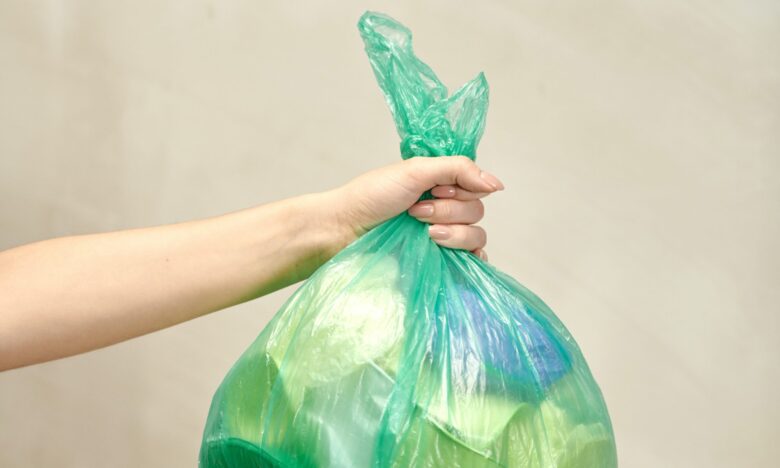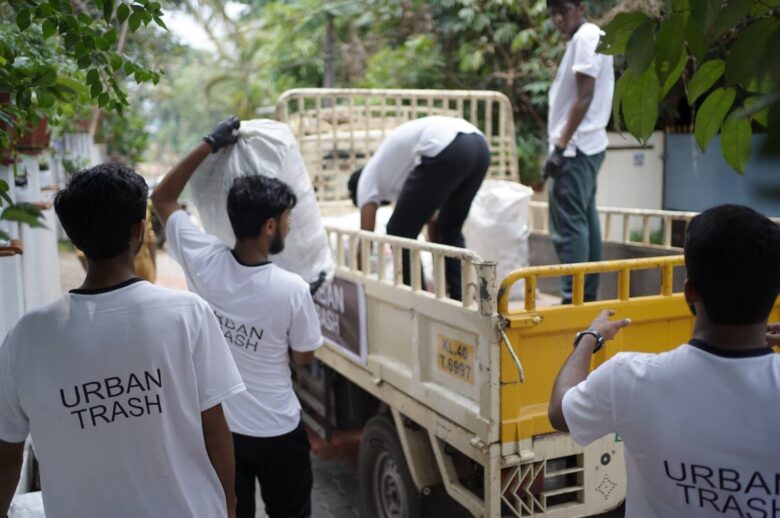Does your company produce more trash than it ought to, or are you only looking for ways to cut it even more? If the answer is yes, your choice is sound.
Reducing garbage saves funds on expensive waste hauling. By decreasing greenhouse gas emissions and the worldwide health risks brought on by people’s waste streams, it also showcases industrial leadership and supports business social responsibility.
It makes sense to look for ways to cut waste in your company. One of the main forces behind trash reduction in the workplace is the increase in waste management and public awareness of businesses that care about the environment.
This article will outline several strategies your business can use to reduce waste. It makes it essential reading for you.

Source: lifeunplastic.com
Contents
1. Track Your Waste
The initial action is to track how much waste your business produces since you can’t manage something you don’t evaluate. The key to an effective waste reduction strategy is tracking your garbage and recycling.
Ensure that your hauler weighs your waste, then figure out how much waste your company or each individual generates daily. Share the findings, give them a concrete form, and encourage everyone to cut back. By rewarding those who produce less waste, you can drive rivalry across departments and among personnel. It’s a terrific method to motivate workers to reduce trash.
2. Audit Your Waste System
Monitoring the number of recyclables and garbage removed from the premises gives you information on the quantity of waste generated and the recycling rate. It further tells how well your waste management strategy is working.
However, a waste audit is essential to understanding how to improve. A waste audit will give you crucial information to find waste reduction options.
It is a methodical examination of your facility and its activities to determine the volume and makeup of the waste stream. You can effectively tailor your trash reduction program if you know what is in waste.
For guidance on waste assessment, you can also consider reaching your waste hauler or the recycling company in your city or county. Businesses can get free waste audits from some local governments and garbage transporters.

Source: pexels.com
3. Examine and Improve Your Packaging
Examining your packaging can help reduce your trash because it makes up a significant portion of municipal solid waste.
Where can you make the change to reusable packaging? Consider employing recyclable plastic containers if you frequently ship around warehouses to reduce the quantity of cardboard waste you generate.
Upgrade the packaging that degrades after a few trips to a better material to make it last longer. That way, you can reduce the cost and the amount of packing trash. Even though it could cost more per item, using it more frequently might help you save a lot of money on every package.
When it’s practicable, think about patching your shipment and packaging materials. Despite their propensity for breaking, pallets are simple to fix, allowing you to minimize shipment waste and lower costs.
4. Employ Demand Forecasting
Demand forecasting is one of the best techniques to prevent waste associated with manufacturing. This method examines prospective consumer demand so that companies can more precisely decide how many items to produce.
Without a reliable strategy for predicting demand, businesses frequently overstock and keep unsold extra inventory. Or they understock, which frequently prompts production and supply rush orders to prevent losing valuable sales.
The supply chain is put under more pressure as a result, which may result in errors and increased waste due to the extra processes needed to expedite the goods.
You may reduce the surplus materials, packaging, gasoline, time, and energy that would otherwise be wasted by using good forecasting. Instead, you foresee demand and make changes as necessary.

Source: woodly.com
5. Recycling
While incineration of waste may be helpful for certain businesses, such as those that must get rid of animal or health-related waste, all workplaces in every sector can gain from applying the waste reduction strategies of reuse and recycling.
Recycling offers raw materials for the creation of new products while also conserving energy and keeping waste out of dumps and incinerators. Recycling is ultimately the best thing if you can’t avoid the trash.
Recycling does more than make landfills last longer. It is about utilizing resources to their fullest potential while preserving them for future generations. It is about preserving resources, energy, and land.
Recycling for organic materials is composting. It transforms organic wastes like food scraps and grass clippings into a soil supplement that improves soil health and prevents organic waste from ending in landfills.
If there are reusable alternatives to the products your company now utilizes, switch to them.
Recycling needs to be standard practice at all sizes of enterprises. You can divert large garbage from landfills and repurpose it when you install recycling bins in the workplace, and everyone uses them adequately.
6. Go Paperless
Paperless solutions are more affordable and superior, thanks to technology. Nowadays, the majority of businesses have decided to become paperless. You should think about doing the same if your firm hasn’t already.
In addition to significantly reducing paper waste, transitioning to a digitized cloud-based system for your business’s data and communications is an excellent choice for your business.
Since invoices, sales statistics, and market research reports are all stored in the cloud, authorized users can access them from any location at any time, boosting productivity and efficiency.

Source: pexels.com
7. Get Your Employees on Board
Having support from the entire company is essential for waste reduction achievement. Employees must be informed and motivated to shift behavior throughout the company.
Therefore, spread the word and highlight the value of operating ethically and the advantages that improved waste management will bring to the company as a whole. Encourage your employees to participate and contribute their ideas; you could even establish a waste team to oversee company-wide outreach.
Effectively Reducing Your Business Waste
You might not be aware of how much waste you can minimize in your company’s manufacturing processes and supply chain unless you begin to look around.
As long as companies don’t take responsibility for their waste output and take action to make such wasteful operations more effective, supply chains will continue to have a significant negative influence on the environment.
Working to cut waste in your company benefits your supply chain, enhancing the efficiency of your company’s operations.
